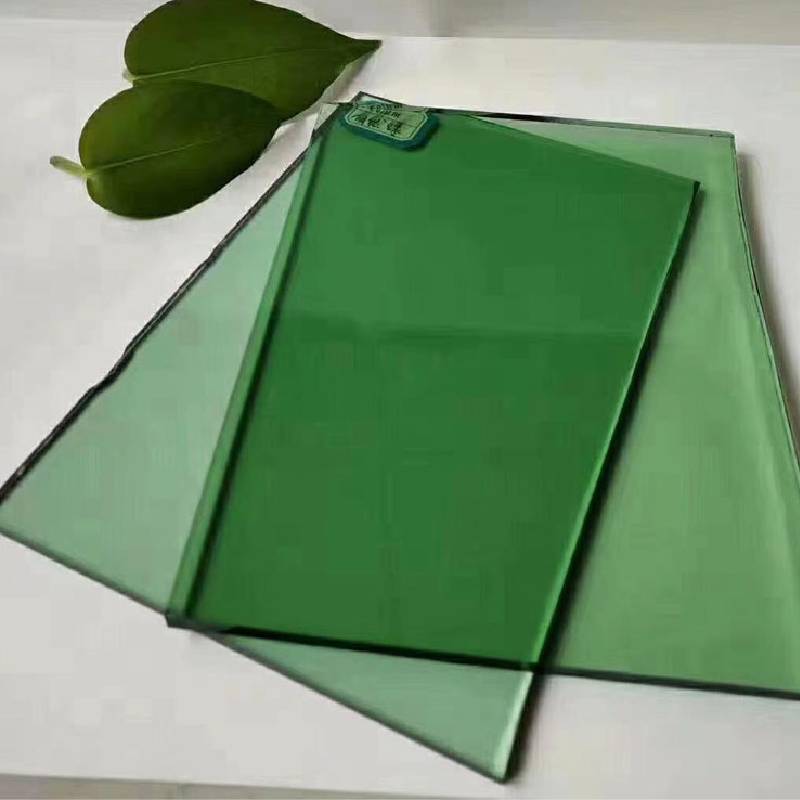Mirror Cutting The Art and Science of Precision
Mirror cutting is a fascinating and intricate process that combines both art and engineering. This technique is primarily used in the production of mirrors for a wide range of applications, from decorative home fixtures to high-precision optical instruments. The process requires a deep understanding of materials, tools, and techniques, ensuring that the final product is both functional and aesthetically pleasing.
To begin, it’s essential to select the appropriate glass type for the mirror. The most common choice is float glass, known for its clarity and uniform thickness. Once the glass is sourced, the initial step in mirror cutting involves measuring and marking the desired dimensions. Precision is crucial at this stage, as even a slight error can lead to a flawed piece. Professional mirror cutters employ specialized tools such as glass cutters, which score the surface, and then apply controlled pressure to create a clean break along the score line.
One of the most critical aspects of mirror cutting is edge treatment
. Raw edges can be sharp and hazardous, so they are typically polished to remove splinters and create a smooth finish. This process not only enhances safety but also improves the overall visual appeal of the mirror. The edges can be beveled, adding a touch of elegance and depth, turning a simple piece of glass into a stunning focal point in any room.
mirror cutting
Another important step in the mirror cutting process is the application of a reflective coating. This is usually done by depositing a thin layer of silver or aluminum on the back of the glass, creating a reflective surface. This coating must be applied evenly and without defects, as imperfections can result in a distorted reflection.
Moreover, environmental considerations play a significant role in modern mirror cutting. Manufacturers are increasingly focusing on sustainable practices, such as using recycled glass and environmentally friendly coatings. This shift not only benefits the planet but also meets the growing consumer demand for eco-friendly products.
In conclusion, mirror cutting is more than just a technical skill; it is an art form that requires precision, creativity, and an understanding of materials. The result is not merely a functional object but a beautiful piece of craftsmanship that enhances our living spaces. Whether for a grand mirror in an entryway or a compact one for a personal space, mirror cutting continues to be a vital and evolving craft in interior design and optics.
 Afrikaans
Afrikaans  Albanian
Albanian  Amharic
Amharic  Arabic
Arabic  Armenian
Armenian  Azerbaijani
Azerbaijani  Basque
Basque  Belarusian
Belarusian  Bengali
Bengali  Bosnian
Bosnian  Bulgarian
Bulgarian  Catalan
Catalan  Cebuano
Cebuano  Corsican
Corsican  Croatian
Croatian  Czech
Czech  Danish
Danish  Dutch
Dutch  English
English  Esperanto
Esperanto  Estonian
Estonian  Finnish
Finnish  French
French  Frisian
Frisian  Galician
Galician  Georgian
Georgian  German
German  Greek
Greek  Gujarati
Gujarati  Haitian Creole
Haitian Creole  hausa
hausa  hawaiian
hawaiian  Hebrew
Hebrew  Hindi
Hindi  Miao
Miao  Hungarian
Hungarian  Icelandic
Icelandic  igbo
igbo  Indonesian
Indonesian  irish
irish  Italian
Italian  Japanese
Japanese  Javanese
Javanese  Kannada
Kannada  kazakh
kazakh  Khmer
Khmer  Rwandese
Rwandese  Korean
Korean  Kurdish
Kurdish  Kyrgyz
Kyrgyz  Lao
Lao  Latin
Latin  Latvian
Latvian  Lithuanian
Lithuanian  Luxembourgish
Luxembourgish  Macedonian
Macedonian  Malgashi
Malgashi  Malay
Malay  Malayalam
Malayalam  Maltese
Maltese  Maori
Maori  Marathi
Marathi  Mongolian
Mongolian  Myanmar
Myanmar  Nepali
Nepali  Norwegian
Norwegian  Norwegian
Norwegian  Occitan
Occitan  Pashto
Pashto  Persian
Persian  Polish
Polish  Portuguese
Portuguese  Punjabi
Punjabi  Romanian
Romanian  Russian
Russian  Samoan
Samoan  Scottish Gaelic
Scottish Gaelic  Serbian
Serbian  Sesotho
Sesotho  Shona
Shona  Sindhi
Sindhi  Sinhala
Sinhala  Slovak
Slovak  Slovenian
Slovenian  Somali
Somali  Spanish
Spanish  Sundanese
Sundanese  Swahili
Swahili  Swedish
Swedish  Tagalog
Tagalog  Tajik
Tajik  Tamil
Tamil  Tatar
Tatar  Telugu
Telugu  Thai
Thai  Turkish
Turkish  Turkmen
Turkmen  Ukrainian
Ukrainian  Urdu
Urdu  Uighur
Uighur  Uzbek
Uzbek  Vietnamese
Vietnamese  Welsh
Welsh  Bantu
Bantu  Yiddish
Yiddish  Yoruba
Yoruba  Zulu
Zulu 

